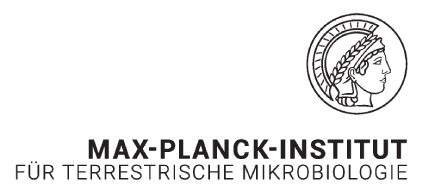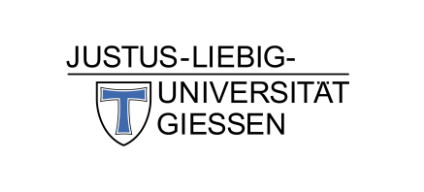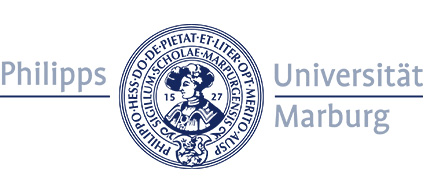Main Content
Super Resolution Microscopy
Dr. Barbara Waidner
AG Prof. Peter Graumann
Karl-von-Frisch-Str. 14, 35032 Marburg
Phone: +49-6421 28 22212
Mail: barbara.waidner@synmikro.uni-marburg.de
Description
The accurate spatio-temporal visualization of cellular components is of great importance for the understanding of natural cells, which in turn is indispensable for the design and construction of synthetic modules, circuits or entire synthetic cells. Moreover, the ability to visualize synthetic constructs and their effects allows us to test our models and thus brings us closer to a true understanding of the inner workings of biological systems. Modern fluorescence microscopy is the tool that facilitates all of these tasks: It allows the visualization of several types of proteins in parallel, e.g., in the membrane, next to the cell wall and in the cytoplasm. Furthermore, the bacterial cell wall itself, the membrane and the chromosome can also be visualized simultaneously – all of this both in live or in fixed cells, with striking spatial resolution and even in a time-dependent manner.
Recently, it has become possible to follow the diffusion of single fluorescent proteins in real time. Single molecule tracking (SMT) is based on high laser intensities and EM-CCD camera based tracking down to 5 ms continuous acquisition. SMT allows to determine if different diffusive populations exist (bound and unbound molecules), determine diffusion rates of different populations, measure average resting times (during which proteins are usually bound somewhere), and visualize subcellular sites of fast and slow movement. The SRM facility provides SMT for YFP-fused proteins.
On these grounds, SYNMIKRO invested in several state-of-the-art fluorescence microscopes for its Super Resolution Microscopy Unit located at the Department of Biochemistry and Cell Biology of Microorganisms. The unit comprises several types of fluorescent microscopes with different features. The most advanced techniques are stimulated emission depletion (STED) and structured illumination (SIM) super resolution microscopy, achieving a resolution of 50 and 125 nm, respectively – several fold lower than the diffraction limit of conventional light microscopy of about 250 nm. Thus, using super resolution microscopy, more details become visible in cells, whose protein molecules are in the range of 5 to 10 nm, and whose protein complexes in the range of 15 to about 100 nm.
See also Workgroup Graumann


